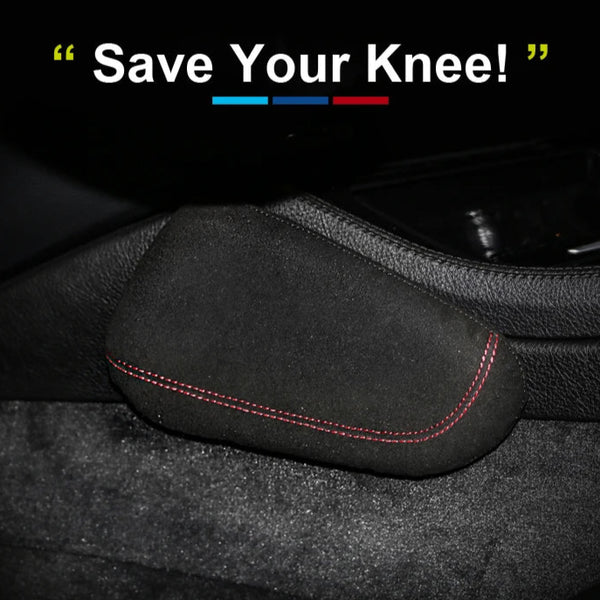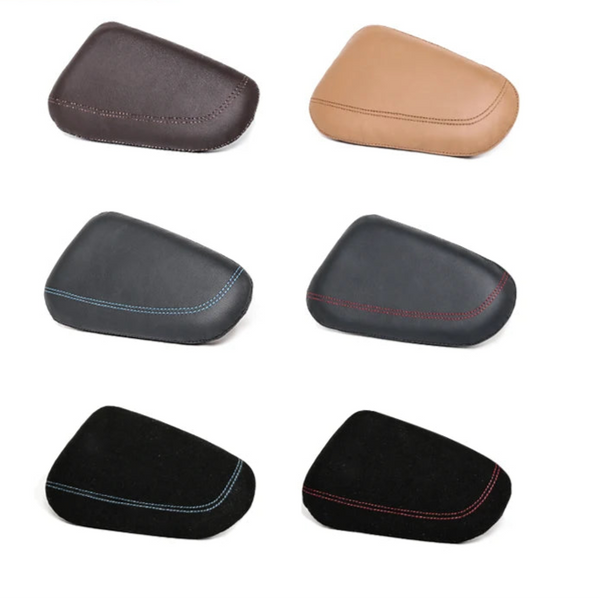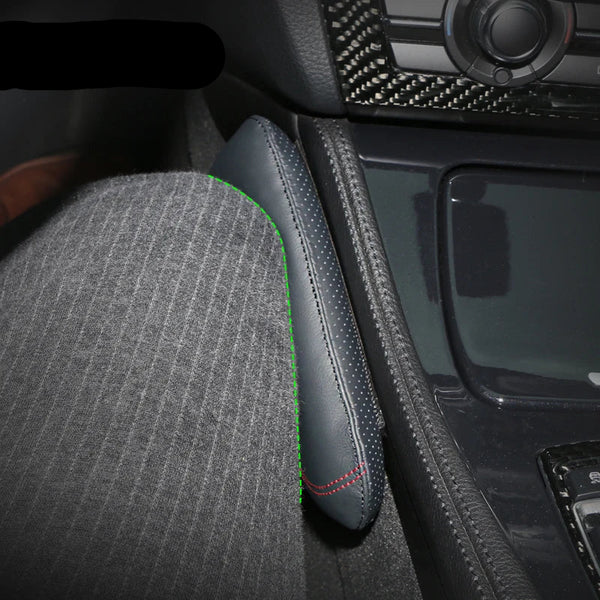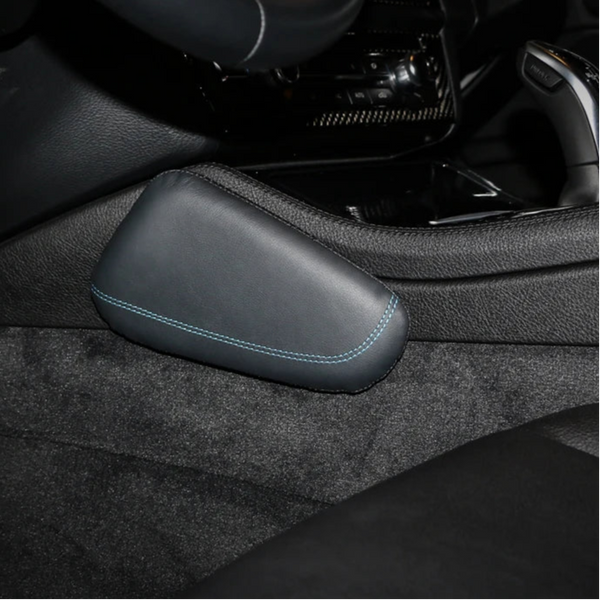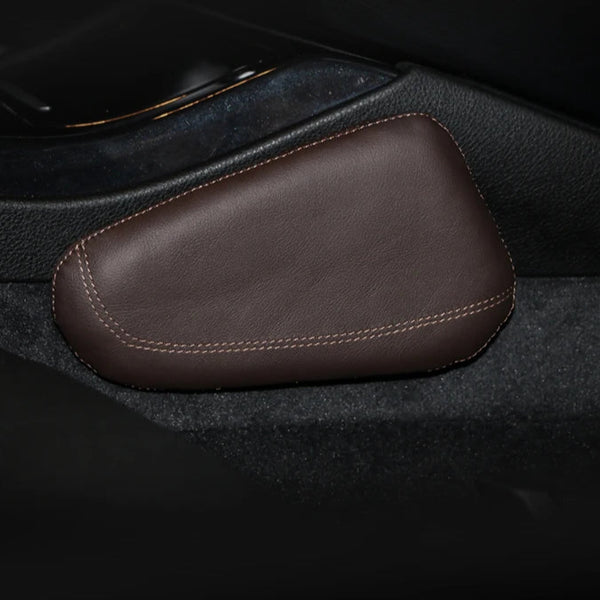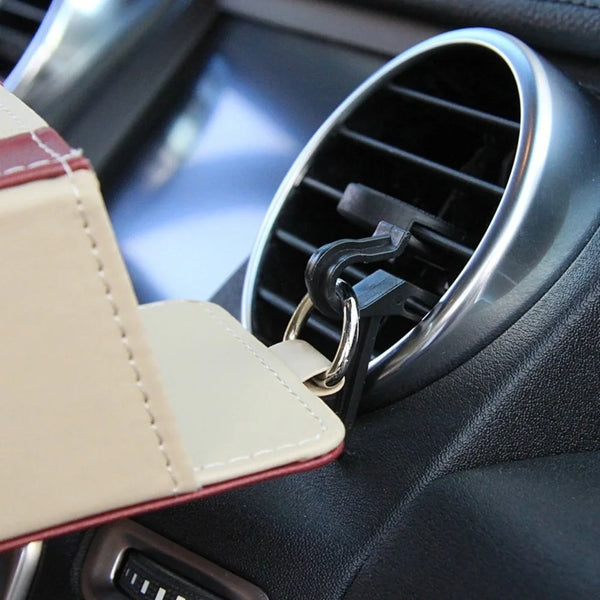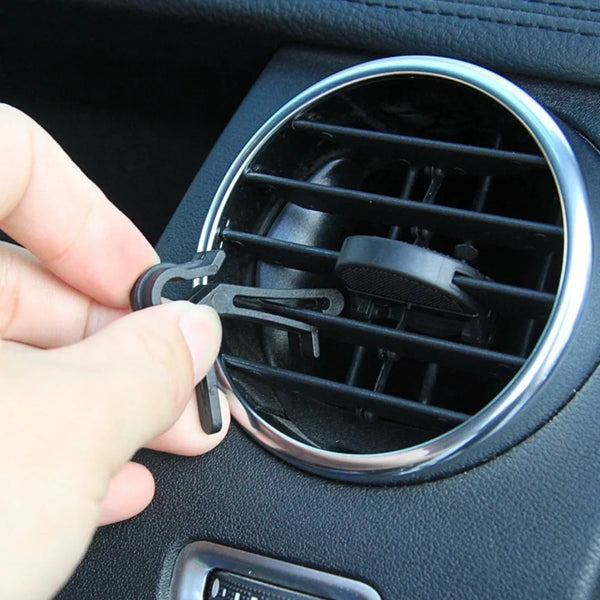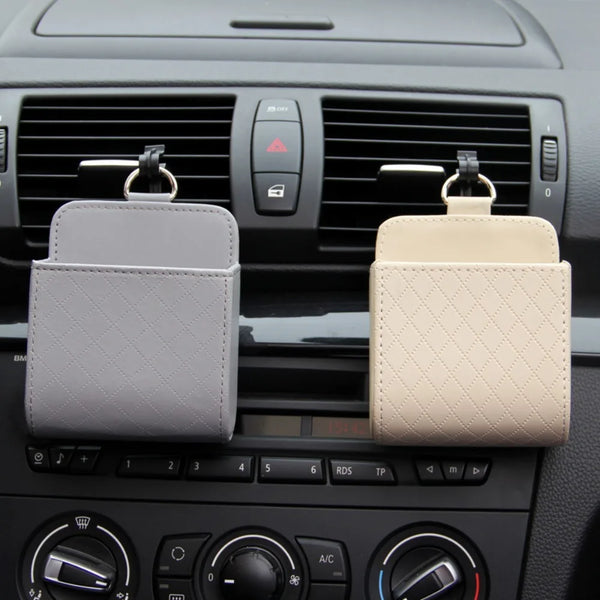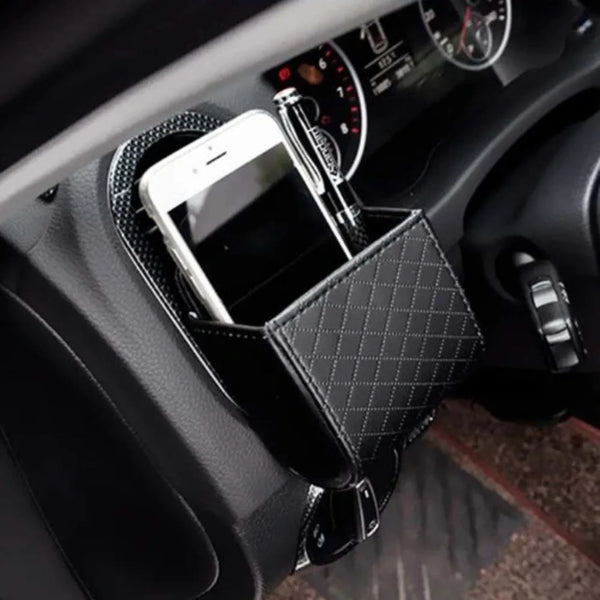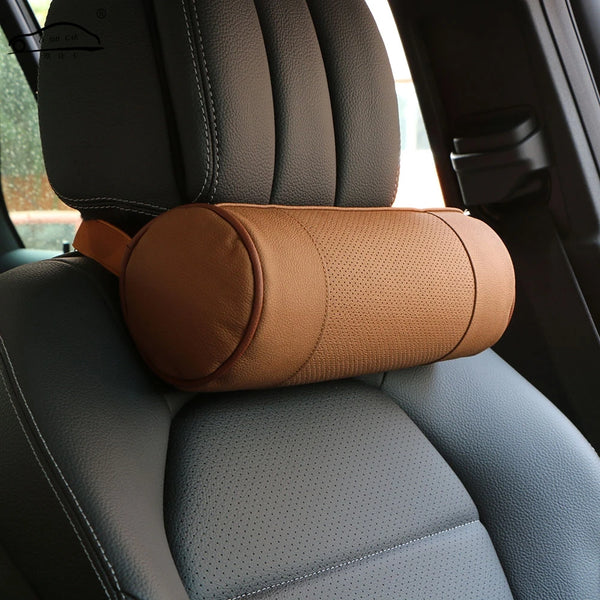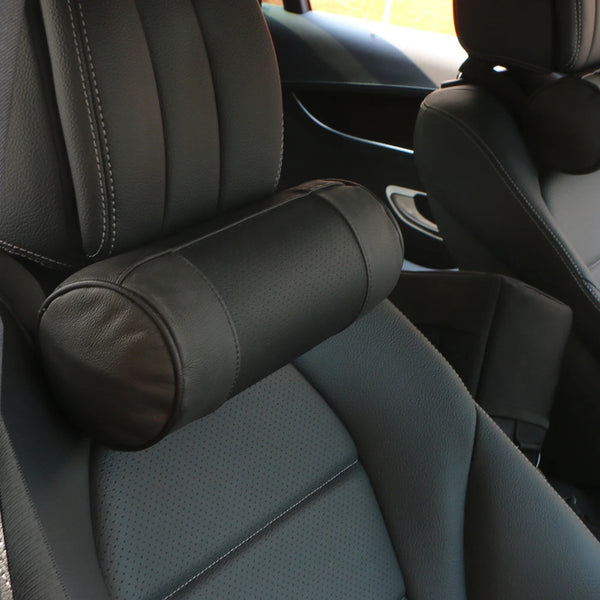Imagine waking up, grabbing your keys, and heading to your car — only to power it with your feet. No engine. No fuel. Just raw leg strength. Welcome to the Flintstones universe, where vehicles are made of stone, roofs are optional, and acceleration depends entirely on how fast you can run.
It’s a cartoon classic — but what if it were real?
🚶 Jason’s Hypothetical Commute
Jason, 34, lives in a suburban neighborhood and works 7 miles away. He hops into his foot-powered car, straps in, and starts running. His legs churn beneath the stone frame, pushing him forward Flintstone-style. By mile three, he’s sweating. By mile five, he’s regretting skipping leg day. By mile seven, he’s late — but his calves are elite.
This isn’t just a workout. It’s transportation.
🏙️ How Cities Would Look
If cars were still powered by legs:
• Roads would be shorter and flatter — no one’s running uphill in a stone sedan.
• Speed limits would be based on fitness — not horsepower.
• Gas stations would be replaced by hydration hubs — think water coolers, protein bars, and stretching zones.
• Parking lots would shrink — foot-powered cars would be lighter, smaller, and easier to store.
• Traffic jams would be quieter — no engines, just heavy breathing and the occasional groan.
Urban design would shift toward human-powered infrastructure. Sidewalks would be wider. Highways might not exist. And public transportation? Probably a giant group-powered bus with synchronized running teams.
🧠 The Physical and Social Impact
• Healthier populations: Daily driving would double as cardio. Obesity rates would likely drop, and leg strength would skyrocket.
• More equitable mobility: No fuel costs, no emissions — just effort. But accessibility would be a challenge for those with physical limitations.
• New professions: Leg mechanics, hydration pit crews, and endurance trainers would replace auto shops and gas attendants.
🌍 Environmental Benefits
• Zero emissions
• No fossil fuel dependency
• Minimal noise pollution
• Cities designed around people, not machines
It’s a utopia for sustainability — but a challenge for convenience.
🏎️ What About Sports and Luxury Cars?
Even in a foot-powered world, people would still crave speed, style, and status. But without engines, sports and luxury cars would evolve in some wild directions.
🏃 Sports Cars: Built for Speed (and Quads)
In this world, sports cars wouldn’t be about horsepower — they’d be about leg power. Think ultra-lightweight frames made of bamboo or carbonized stone, aerodynamic open-air cockpits, and racing sandals with traction soles.
• Jason’s Hypothetical Ride: Jason, now a competitive “leg racer,” owns a sleek, low-slung sprintmobile with calf-sculpted foot pedals and a hydration pack built into the seat. He trains daily to shave seconds off his 0-to-30-foot time. His car? It’s got dual-leg drive, a curved stone spoiler, and a “barefoot mode” for maximum grip.
• Top speed: Depends on your VO₂ max
• Fuel: Protein shakes and electrolytes
• Pit stops: Foam rollers and cold plunges
💎 Luxury Cars: Comfort Over Speed
Luxury in this world isn’t about turbochargers — it’s about how little effort you need to move. These vehicles would be all about ergonomic seating, plush interiors made of ethically sourced wool or palm leaves, and maybe even a team of professional “co-runners” to help you move the car while you relax.
• Features might include:• Reclining stone massage seats
• Built-in fans powered by hand cranks
• Artisanal footrests for your “co-drivers”
• Gold-plated toe grips and obsidian hubcaps
• Jason’s Dream Upgrade: After years of foot-powered hustle, Jason finally earns enough to buy a luxury glide-chariot. It’s got a four-runner configuration — two in front, two in back — and Jason just steers while sipping coconut water from a built-in cooler.
🛞 Would We Still Call Them Cars?
Probably not. Maybe “legmobiles” or “runabouts.” The culture of driving would shift from horsepower and torque to stamina and stride length. Car commercials would feature athletes, not engines. Dealerships would look more like gyms. And test drives? More like fitness assessments.
---
🏁 Final Thought
The Flintstones gave us a laugh — but they also gave us a lens. What if movement was powered by muscle, not machinery? What if transportation made us stronger instead of sedentary?
It’s fun to imagine. And maybe, just maybe, it’s a reminder to walk a little more — even in a world of wheels.
Ride smart. Move with purpose.
And never skip leg day.



